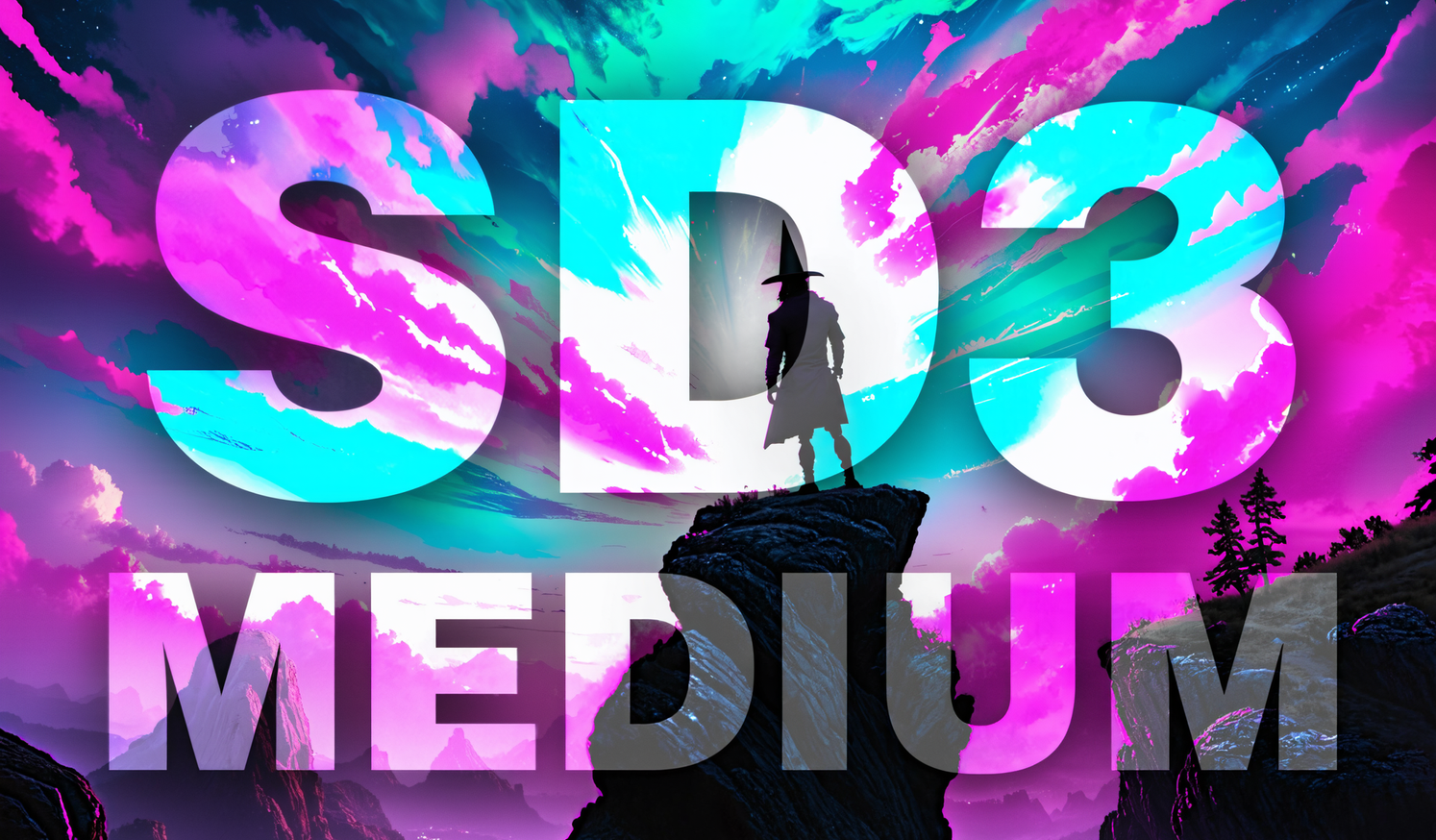Stable Diffusion 3 Medium now available as open source for commercial and non-commercial use

Key Points
- Stable Diffusion 3 (SD3) with 2 billion parameters is now available. The model runs locally on PCs with standard processors and GPUs.
- SD3 Medium is supposed to be significantly better than its predecessors at photorealism, details such as hands and faces, typography, and following prompts. In some of these areas, it even outperforms larger, state-of-the-art models, according to Stability AI.
- The weights can be downloaded under a non-commercial research license and a creator's license. For commercial use on a larger scale, an enterprise license is required.
Update from June 12, 2024:
Stable Diffusion 3 Medium is now available. The weights can be downloaded under a non-commercial research license and a creator license from HuggingFace. The image model can also be used via the Stability Platform API, the paid Stable Assistant chatbot, and the paid Discord Stable Artisan chatbot.
Video: Stability AI
The Creator license starts at $20 per month for companies with less than $1 million in annual revenue, less than $1 million in investment, and less than 1 million active users per month. An Enterprise license is required for commercial use on a larger scale.
Original article dated June 3, 2024:
Stability AI will release the weights for Stable Diffusion 3 (SD3) medium for public use on Hugging Face on June 12.
Christian Laforte, co-CEO and CTO of Stability AI, made the announcement on stage with AMD CEO Lisa Su at Computex in Taipei.
At two billion parameters, the medium version of SD3 is much smaller than the full Stable Diffusion 3 with eight billion parameters announced in April. But thanks to this more compact size, it should run well locally on PCs with processors like AMD's new Ryzen 300 AI CPUs (see announcement video below) and others.
Stability AI says the model was specifically designed to improve areas where previous models struggled. These include better photorealism, especially for hands and faces, and more robust typography results.
In terms of typography, the model is said to outperform larger, state-of-the-art models. While SD3 isn't perfect yet, Laforte says it's a big improvement over previous Stable Diffusion models.
The model should be suitable for both consumers and businesses, and can be fine-tuned with small data sets for specific applications, Stability AI promises. It is designed to pick up nuanced details even from small data sets.
You can sign up for a release notification via the Stability AI "Weights List" or just keep reading The Decoder.
Stability AI is probably holding back the most powerful model because it needs to make money. It's reportedly running out of cash and looking for a buyer.
Although the small British startup has helped AI research in many areas, it hasn't been able to make enough money with its open-source approach to cover the high costs of AI research and development.
In particular, Stable Diffusion was a huge leap forward for text-to-image generation, bringing the capability to many applications. But its open-source availability also made it vulnerable to abuse.
AI News Without the Hype – Curated by Humans
As a THE DECODER subscriber, you get ad-free reading, our weekly AI newsletter, the exclusive "AI Radar" Frontier Report 6× per year, access to comments, and our complete archive.
Subscribe now